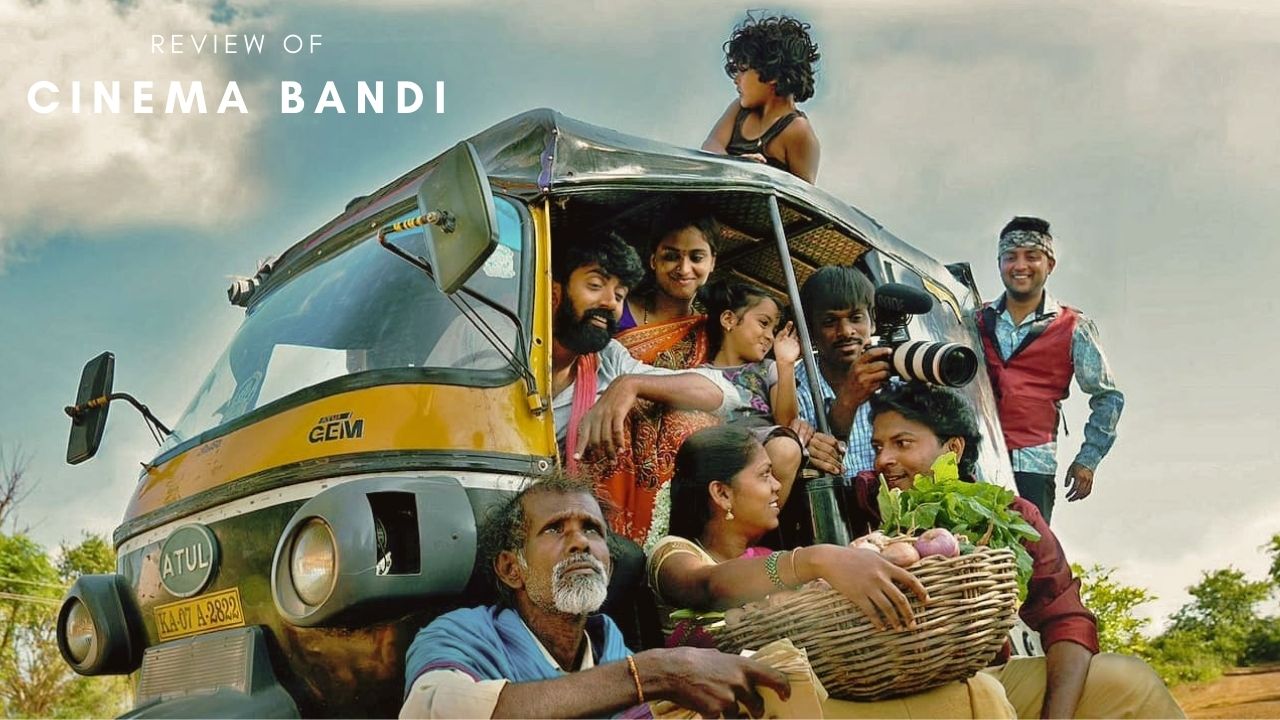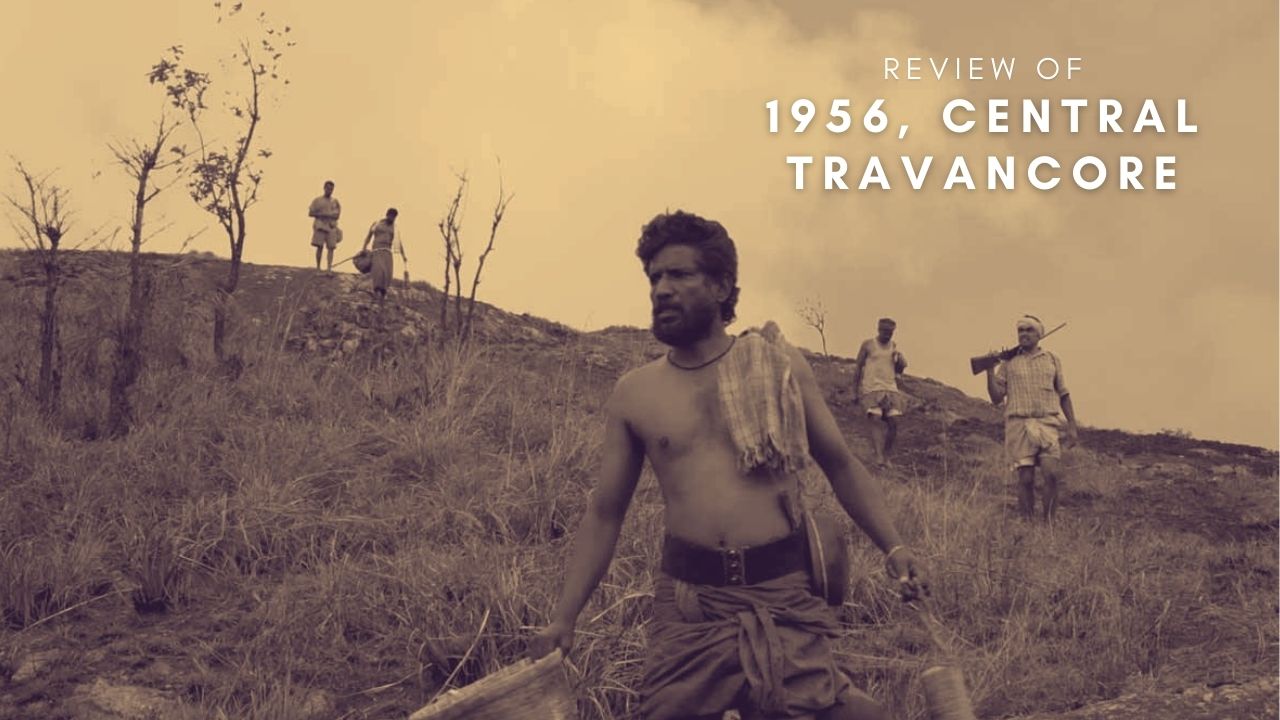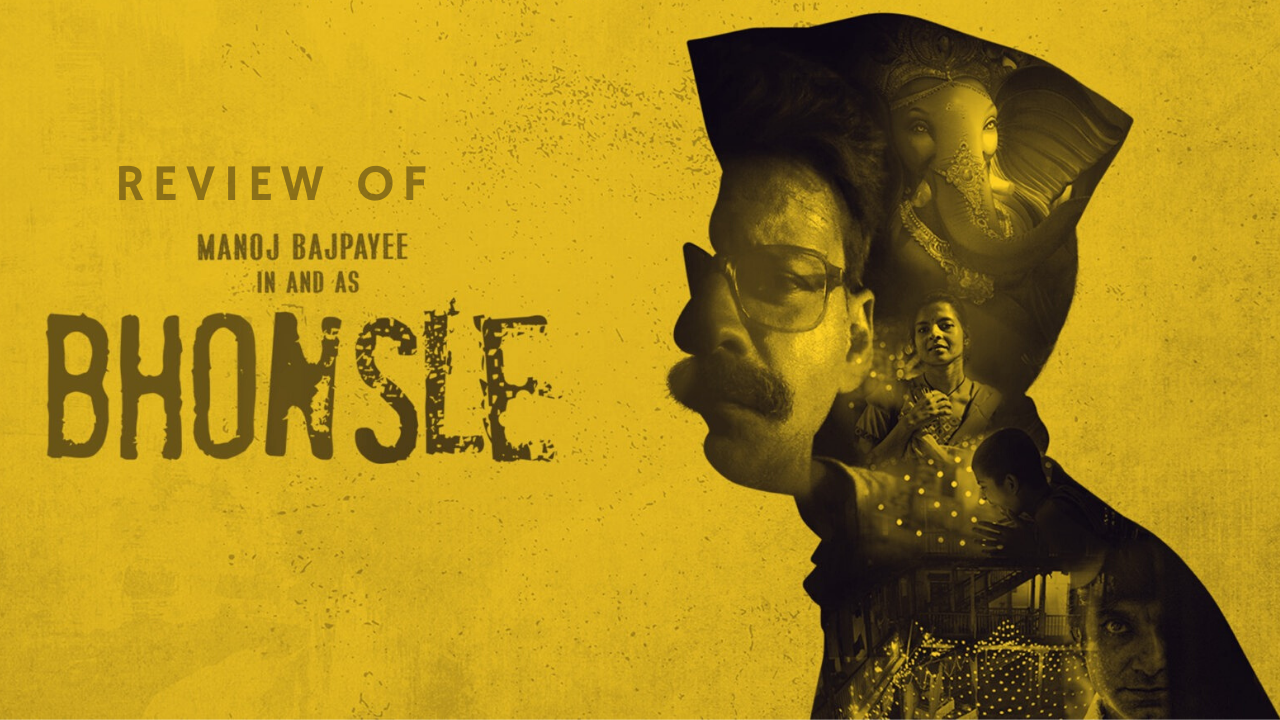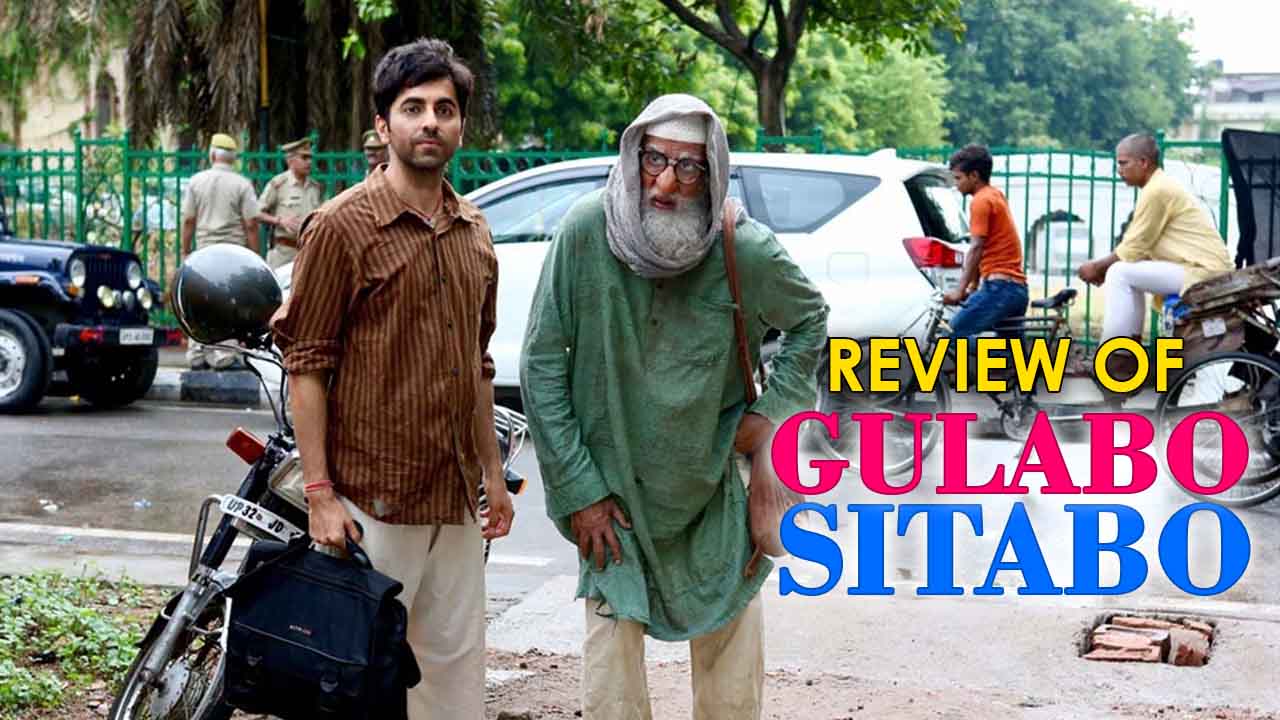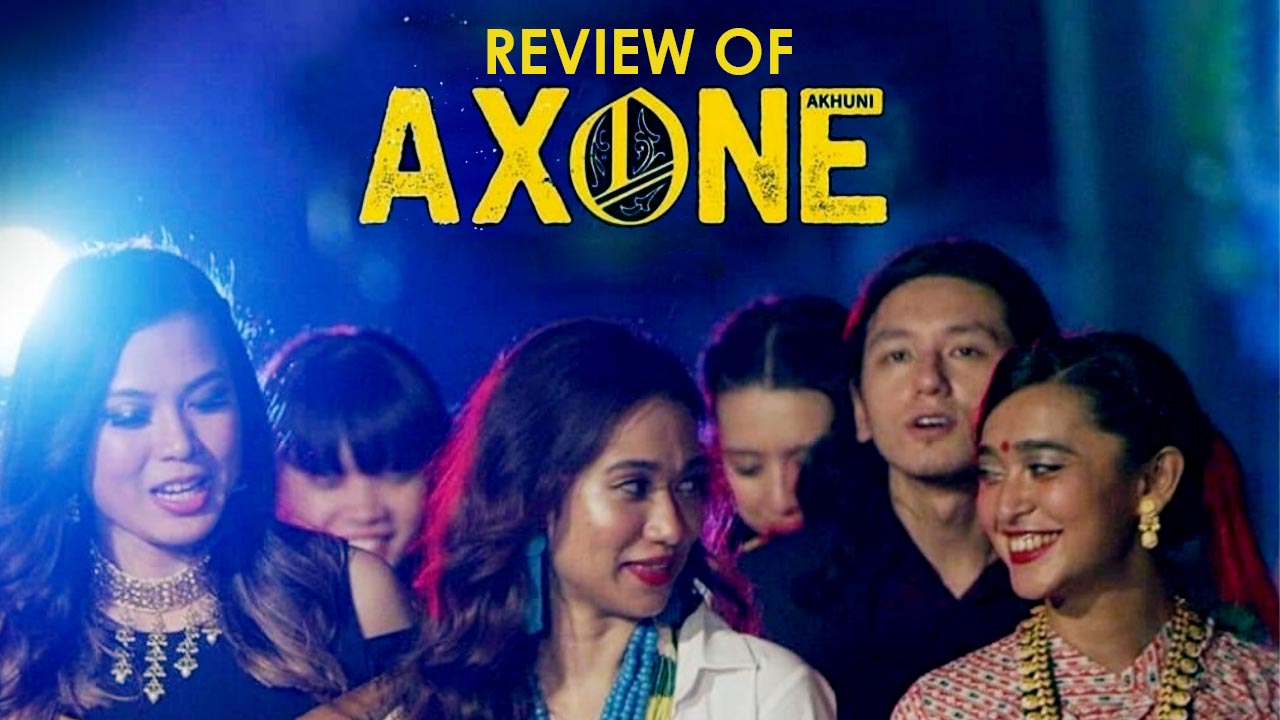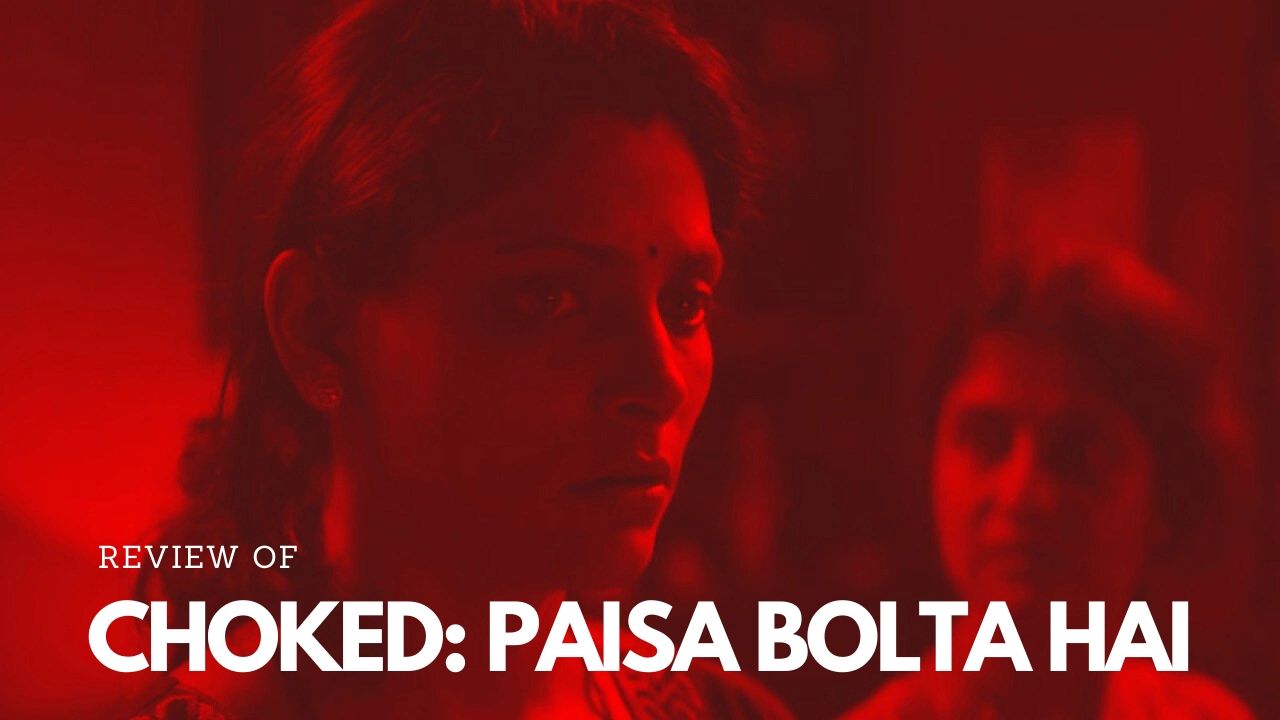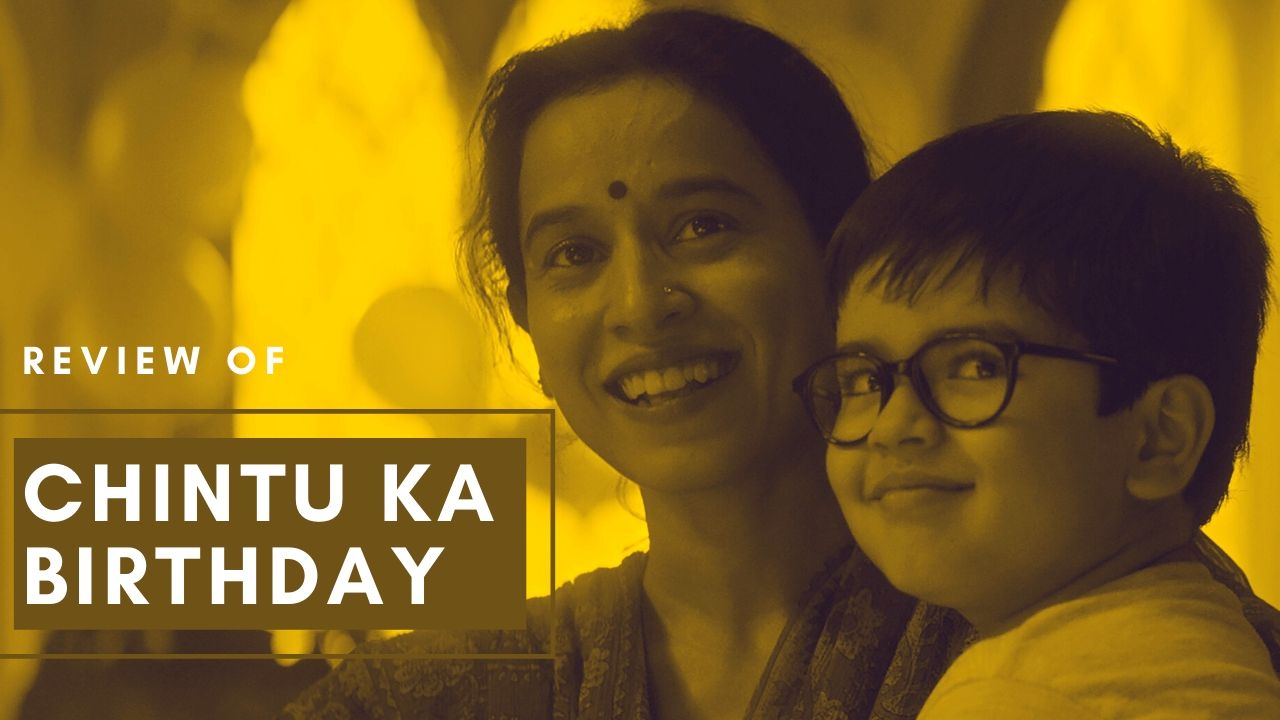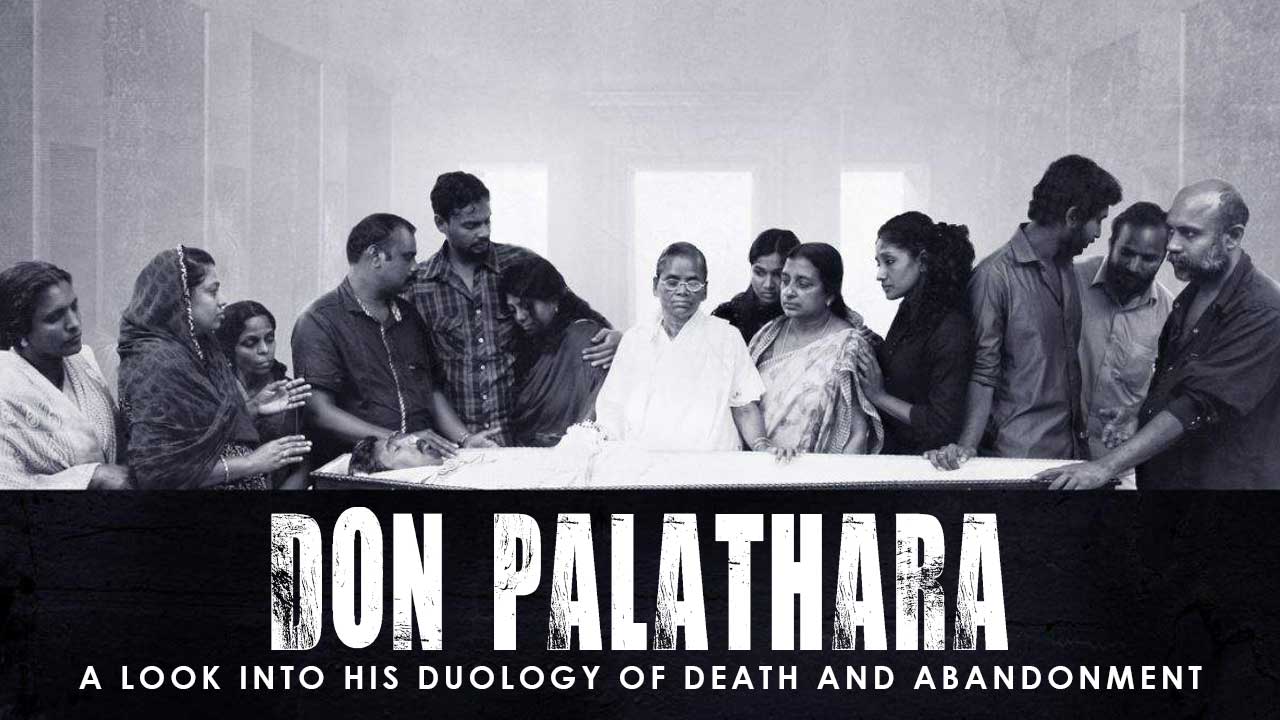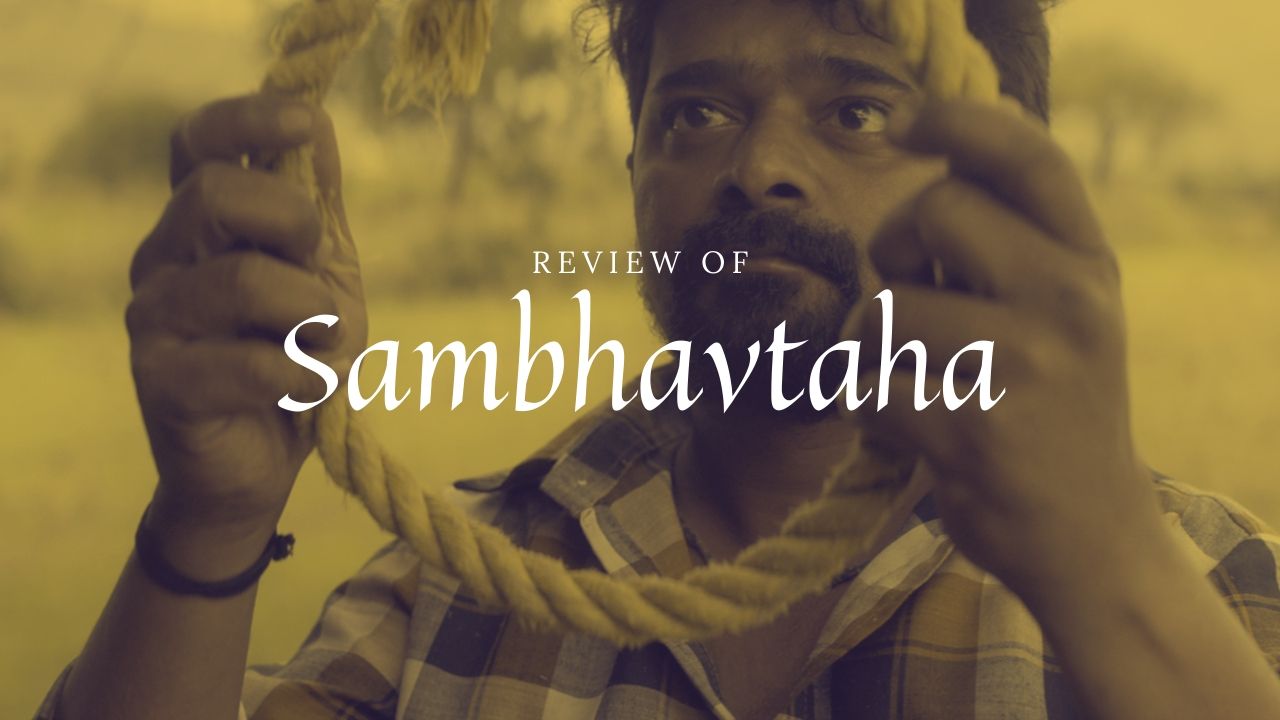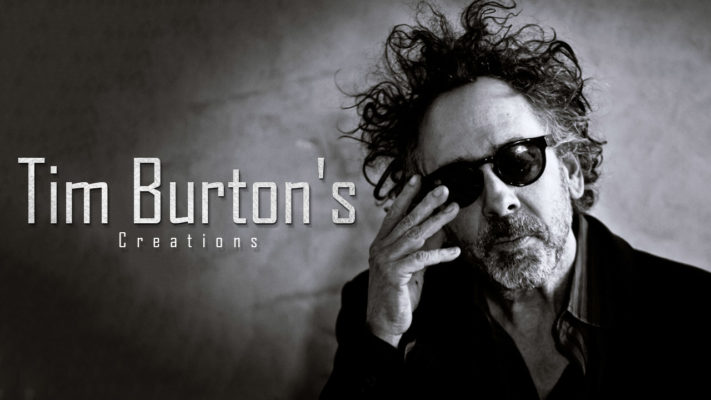
The Monsters We Knew
Monsters – the very word used to give us cold feet and an unknown creep when we were young. All the fairy tales and grandma’s tales that we used to hear as children portrayed monsters as gigantic, cruel beings which relished on the tender flesh of children. Even modern day films, such as “It”, portray monsters in the same light – catastrophic beings, who are the harbingers of a nemesis to the entire society.
Monsters In The Twenty-First Century

Now when we talk about monsters, it must be noted that monsters are not all about imagination. In today’s modern world as well, monsters make a strong part of reality. Take for instance the plight of a woman in any rustic area of Haryana or Bengal, who is pinpointed as Dayen. She is a monster to the entire village or a cluster of villages. No, she does not really relish on the tender meat of children of the area. But her plight might just be a result of her inability to give birth to a boy or her husband’s untimely death or any godforsaken matter in which she might have had no role to play. The lady here, who is stipulated as a dayen, might have had some dreams, however small, and some aspirations. But, all she is now left with is an ardent hope – the hope to be accepted in society someday.
It is this pathos that acclaimed Hollywood director Tim Burton plays within in many of his films, albeit with the quintessential Burtonesque humour and macabre.
Tim Burton’s Visualization Of Monsters

For Tim Burton, society always depicts the ostracized other as a monster – a person who does not conform to the ways of the world or has some innate difficulty or problems that dissociates him from the rest of the society. In many of his films, Burton has dealt extensively with this subject. In fact, his first film ‘Vincent’ (1982) introduced us to a child – it is often said to be Burton’s own story – who is an outcast. At an age when children take pleasure in reading fairy tales or going out to play with other kids of same age, the child hero of the film takes pleasure in reading the gothic tales of Edgar Allan Poe. All of six minutes, the film traces the daily life of Vincent and how he is constantly condemned for being who he is. Is he a monster in the making? Perhaps, yes.
All the monsters in Burton’s films have a story to tell. All of them are dangerous at some point in time, but all of them have an innate vulnerability and goodness which the society does not pay any heed to.
‘Edward Scissorhands’ – The Vulnerable Monster
One of Tim Burton’s earlier films, ‘Edward Scissorhands’ makes use of the classic fairy tale locale – albeit modern – with a dark castle overlooking the township. Inside that deep, dark castle lives a soft-hearted monster with Scissorhands. He is just another person with a disability and, hence, the ostracized other.
Through the character of Peg, Burton showcases the dichotomous views of the society towards Edward. While Peg sees Edward as just a harmless little boy with imperfections, the entire town visualizes him as a freak with Scissorhands. The film explores that indeterminate space of subjectivity between human and the dark “other”, where the stereotypes of human attributes and the inherent notions are challenged. Edward tries with all his might to gain the societal acceptance and does more than he could to please the societal judges. But, in the end, he is not only shooed away but nearly killed.
Sweeney Todd – The Demon Barber
One of Tim Burton’s most impeccable directions, ‘Sweeney Todd: The Demon Barber Of Fleet Street’ is a gory musical horror film, which revolves around the life of a simple barber from London. Once a happy barber with a beautiful wife and little girl, Sweeney Todd has his life is torn apart when the Mayor catches a fancy for his wife. Unlike the movie ‘Edward Scissorhands’, this film is not a colourful portrayal of the plight of an ostracized monster. Rather, it has a completely monochromatic setting, which steps into the dark and dingy aspect of London.
Sweeney Todd returns to London after a long break, only to take revenge from the villains of his life. He is yet again portrayed as a monster – a human monster that mercilessly kills every other person while they come for a shave. He is a serial killer. Yes. But, once again, he has been conditioned to become so by the society itself. Through the film, Burton ponders on the idea of how power and corruption have the last smile always – even when it is on the wrong side. The mayor was wrong but he continued to lead a relaxing, good life. Sweeney, on the other hand, was forgotten and completely erased out of the society.
Interestingly, Burton cuts this atrociously gory horror in the film with beautiful music – music that brings out the inner vulnerability of Sweeney. This vulnerability is hidden from all but Mrs Lovett, who falls in love with Sweeney and dreams of a colourful future with him. However, in the end, everything goes haywire. After all, the monster should never have the last smile. Sweeney, too, doesn’t.
Who Is The Real Monster?
For Tim Burton, ‘monstrous’ is a true synonym to ‘misunderstood’. Both the titular characters in the above-discussed films are misunderstood, with their respective destinies being shaped by the society. Credit must be given to the maverick director Tim Burton for his ability to see beyond the façade of physicality and permeate under the layers of monstrous makeup that often hide a vulnerable and very delicate soul. The two films may be absolutely different in their genres but they effectively expose the monstrosity that resides not in the heart of the “other” but the society itself, which first creates them, then abhors and eliminates them off their existence.
